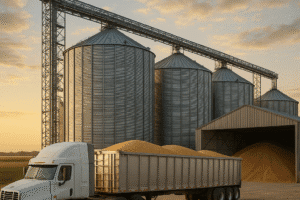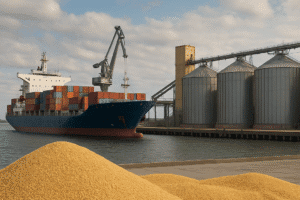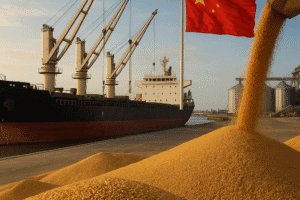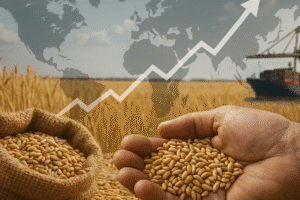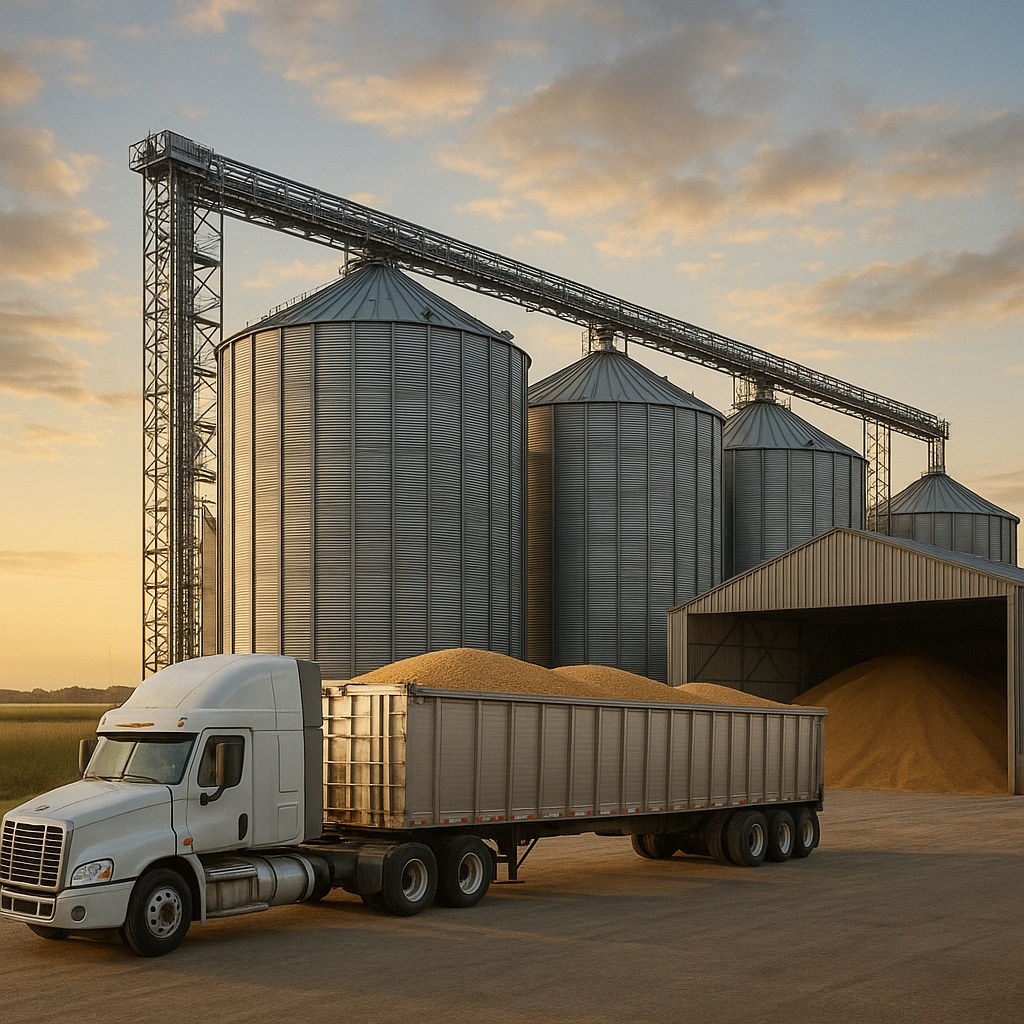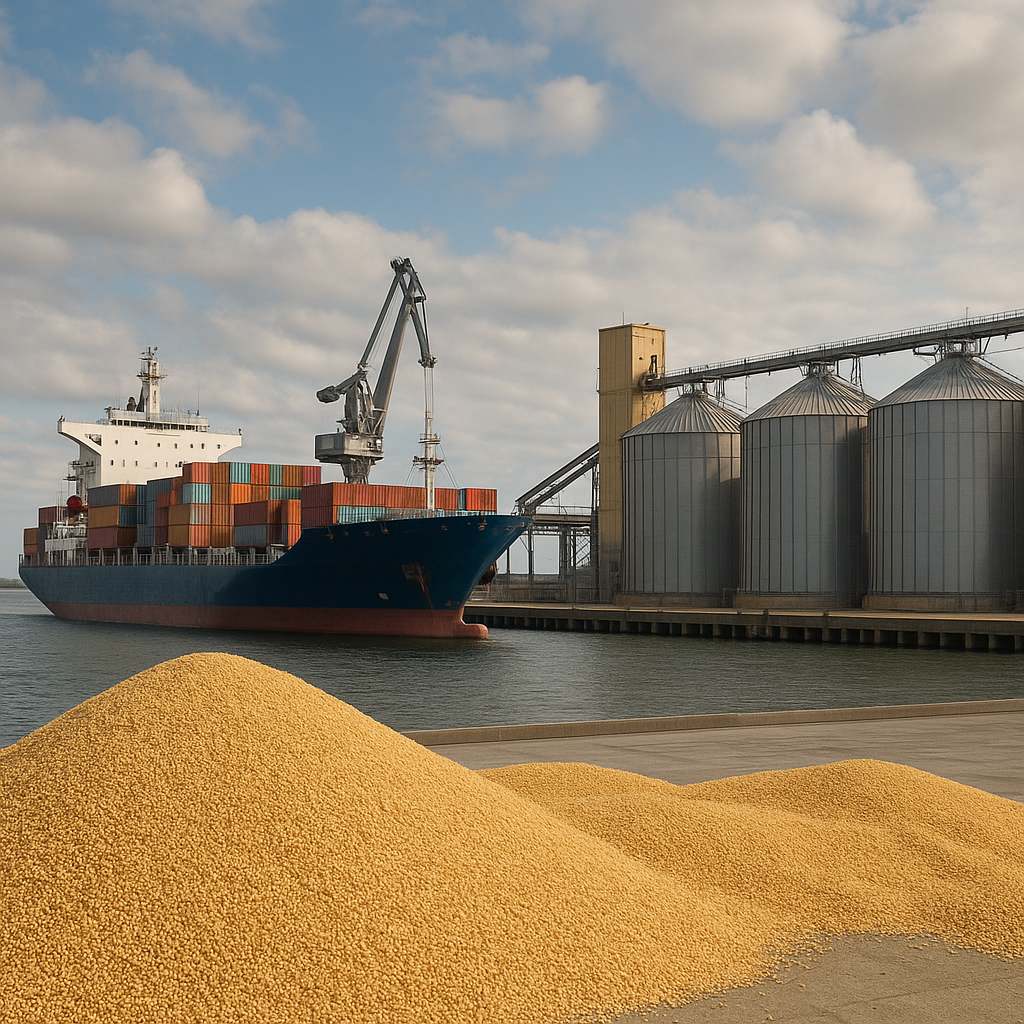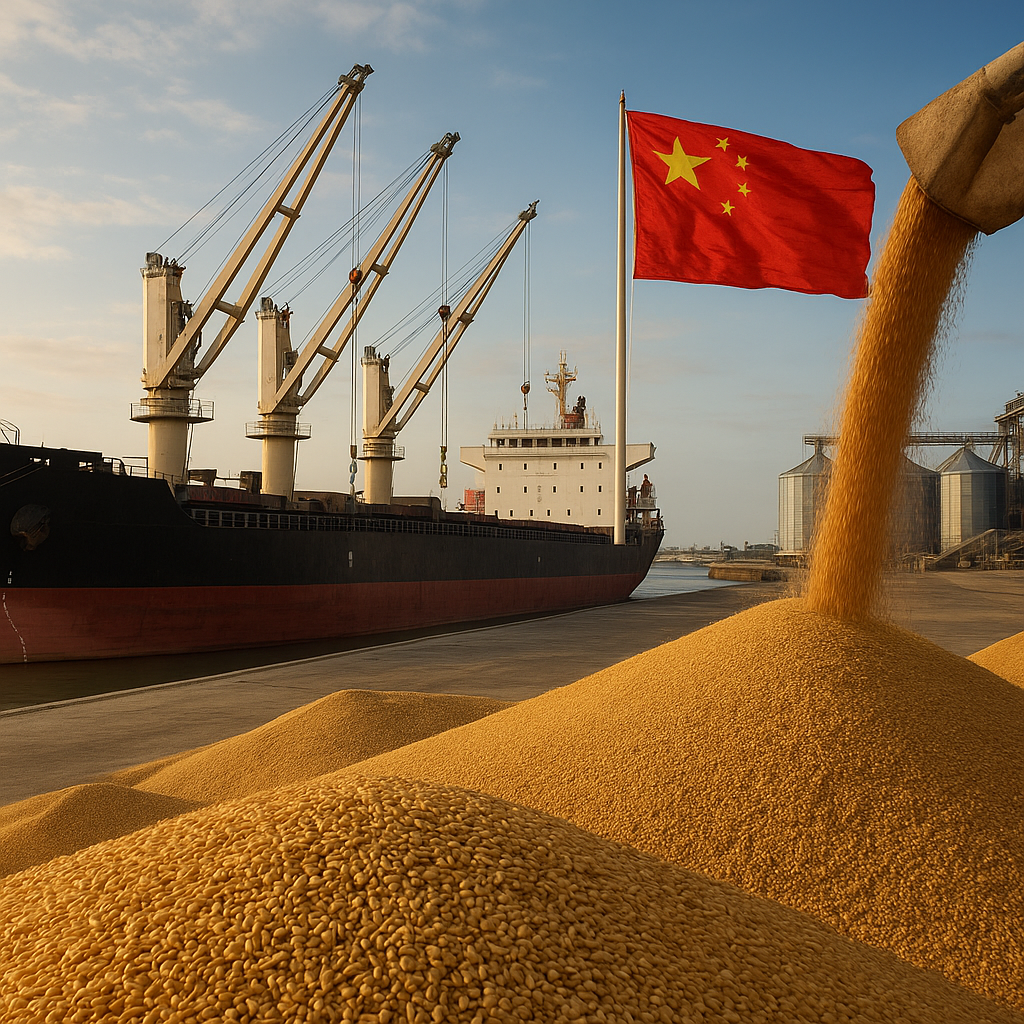The role of freight costs in grain trade profitability is a critical factor that can significantly influence the overall success of agricultural businesses. As global demand for grains continues to rise, understanding the intricacies of freight costs becomes essential for farmers, traders, and investors alike. This article delves into the various aspects of freight costs, their impact on grain trade, and strategies to optimize logistics for better profitability.
Understanding Freight Costs in Grain Trade
Freight costs refer to the expenses incurred in transporting goods from one location to another. In the context of grain trade, these costs can encompass a wide range of factors, including shipping rates, fuel prices, handling fees, and insurance. The complexity of the grain supply chain means that freight costs can vary significantly based on several variables, such as the type of grain, the distance to market, and the mode of transportation used.
Components of Freight Costs
To fully grasp the impact of freight costs on grain trade profitability, it is essential to break down the various components that contribute to these expenses:
- Shipping Rates: The cost of hiring a vessel or truck to transport grain is a primary component of freight costs. These rates can fluctuate based on market demand, availability of transport options, and seasonal factors.
- Fuel Prices: Fuel is a significant expense in transportation. Changes in oil prices can directly affect freight costs, making it crucial for traders to monitor fuel market trends.
- Handling Fees: These are charges associated with loading and unloading grain at ports or storage facilities. Efficient handling can reduce these costs, while delays can lead to increased expenses.
- Insurance: Protecting shipments against loss or damage is vital in the grain trade. Insurance costs can vary based on the value of the cargo and the risks associated with transportation routes.
Factors Influencing Freight Costs
Several factors can influence freight costs in the grain trade, including:
- Geographical Location: Proximity to major markets and ports can significantly impact transportation costs. Regions farther from these hubs may incur higher freight expenses.
- Seasonality: The demand for grain transportation can fluctuate with the seasons, affecting shipping rates. For instance, during harvest season, the demand for transport may surge, leading to increased costs.
- Market Conditions: Global economic conditions, trade policies, and geopolitical events can all influence freight costs. For example, tariffs or trade restrictions can lead to increased shipping expenses.
The Impact of Freight Costs on Profitability
Freight costs play a pivotal role in determining the profitability of grain trade. High transportation expenses can erode profit margins, making it essential for traders to manage these costs effectively. Here are some ways in which freight costs impact profitability:
Profit Margin Compression
When freight costs rise, they can compress profit margins for grain traders. If the cost of transportation exceeds the price at which the grain can be sold, traders may find themselves operating at a loss. This is particularly concerning in a competitive market where price sensitivity is high.
Market Access and Competitiveness
Freight costs can also affect a trader’s ability to access certain markets. High transportation expenses may limit the geographical reach of a trader, making it challenging to compete with local suppliers who have lower freight costs. This can lead to reduced market share and profitability.
Strategic Planning and Cost Management
To mitigate the impact of freight costs on profitability, grain traders must engage in strategic planning and cost management. This includes:
- Route Optimization: Analyzing transportation routes to identify the most cost-effective options can lead to significant savings. Utilizing technology and data analytics can aid in this process.
- Negotiating Contracts: Establishing long-term contracts with shipping companies can help secure better rates and reduce volatility in freight costs.
- Investing in Infrastructure: Investing in storage facilities and transportation assets can provide greater control over logistics and reduce reliance on third-party services.
Future Trends in Freight Costs and Grain Trade
As the grain trade continues to evolve, several trends are likely to shape the future of freight costs and their impact on profitability:
Technological Advancements
Advancements in technology, such as automation and artificial intelligence, are expected to streamline logistics and reduce freight costs. Innovations in tracking and monitoring shipments can enhance efficiency and minimize delays, ultimately benefiting traders.
Sustainability Initiatives
With increasing awareness of environmental issues, there is a growing emphasis on sustainable transportation practices. This may lead to changes in freight costs as companies invest in greener technologies and practices. While initial investments may be high, the long-term benefits could include reduced operational costs and improved market positioning.
Global Trade Dynamics
The ongoing shifts in global trade dynamics, including trade agreements and tariffs, will continue to influence freight costs. Traders must stay informed about these changes to adapt their strategies accordingly and maintain profitability.
Conclusion
In conclusion, freight costs are a crucial element in the profitability of grain trade. Understanding the various components and factors influencing these costs is essential for traders seeking to optimize their operations. By implementing strategic planning and staying abreast of industry trends, grain traders can navigate the complexities of freight costs and enhance their overall profitability in an increasingly competitive market.
